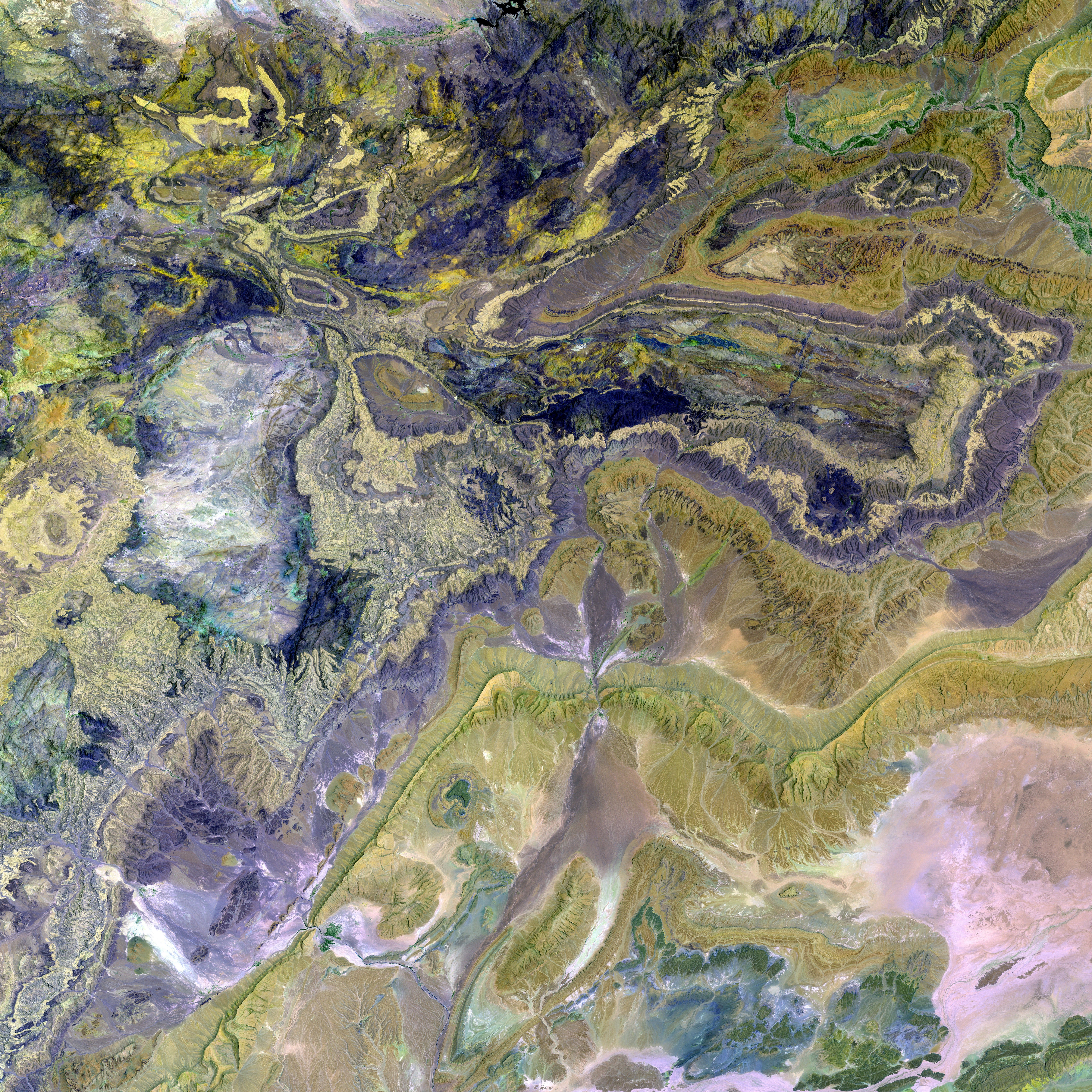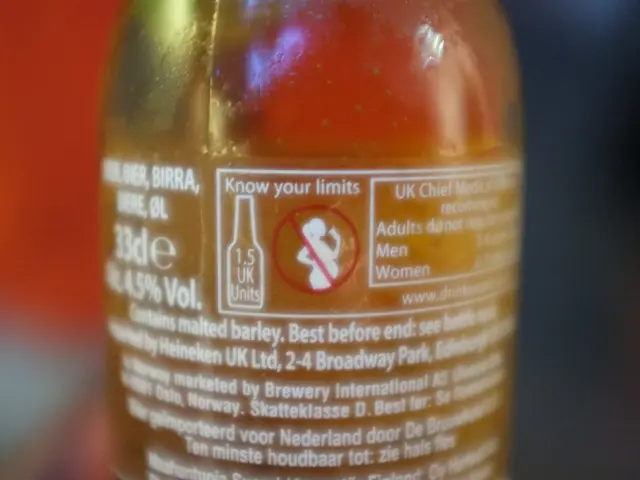Distinguishing Age Spots from Skin Cancer: Recognizing the Key Differences
Aging gracefully doesn't always mean a clear complexion. Age spots can be a common sight as folks grow older, but it may be difficult to differentiate them from various types of skin cancer. This article offers valuable insights to help you distinguish between the two and understand their distinct symptoms, diagnoses, and treatments.
Age Spots: Darker Shade of Pale
Age spots, also known as solar lentigines or liver spots, are harmless dark patches that appear on the skin as you age. These flat, smooth spots usually develop due to the body's excessive melanin production in an attempt to protect the skin from the sun's harsh UV rays. Age spots predominantly occur on light skin, though they can show up on any skin tone. Typically, they appear from middle age onward on sun-exposed areas such as the face, hands, shoulders, feet, arms, and back.
Skin Cancer: A Growing Concern
Skin cancer, on the other hand, is a potentially harmful condition characterized by uncontrolled growth of skin cells. Similar to age spots, skin cancer develops on sun-exposed areas due to damage from UV radiation. Factors like genetic predisposition and prolonged exposure to sun (or UV tanning beds) can trigger skin cancer. There are three main types of skin cancer: basal cell carcinoma, squamous cell carcinoma, and melanoma. Another precancerous growth called actinic keratosis can sometimes be mistaken for age spots.
Distinguishing Between Age Spots and Skin Cancer
Being able to identify the differences between age spots and skin cancer is essential for seeking appropriate medical advice in a timely manner.
Age Spots
- Flat and smooth
- Yellow, brown, or gray
- Well-defined borders
- Between a few millimeters or centimeters in size
- Commonly found on sun-exposed areas
Skin Cancer
- Characteristics can vary by type, but often share the following signs:
- Asymmetrical shape
- Irregular, blurred, or ragged edges
- Changes in size, color, or shape
- Multiple colors on the same spot
- Red, blue, purple, pink, black, or brown coloring
- Raised, red patches
- Pale or yellow firm patches similar to scars
- Pain, itching, oozing, or bleeding
- Crusty or scaly patches
Can Age Spots Turn into Cancer?
Rest easy, because age spots cannot transform into cancer. However, actinic keratosis—a precancerous growth—may resemble age spots and can lead to skin cancer if left untreated. It's crucial to regularly monitor your skin and consult a healthcare professional if any symptoms or changes appear.
Diagnosing and Treating Age Spots and Skin Cancer
A healthcare provider or dermatologist can diagnose age spots through a physical examination. To rule out skin cancer or actinic keratosis, they might perform a skin biopsy. Depending on the diagnosis, treatment options for age spots may range from topical creams and lotions to specialized procedures like laser treatments, cryosurgery, microdermabrasion, or chemical peels. Skin cancer treatments vary depending on the type and stage, but possible options include surgical excision, topical therapies, radiation therapy, chemotherapy, immunotherapy, and systemic medication.
Final Thoughts
While age spots and skin cancer may share similar appearances, being aware of the differences can help you make informed decisions about your health. If you notice any unusual growths, changes, or symptoms on your skin, consult a dermatologist as soon as possible. Early detection can significantly improve skin cancer treatment outcomes.
- Aging doesn't guarantee a spotless complexion, as age spots, a common sight in seniors, can occur.
- Age spots, also known as solar lentigines or liver spots, are harmless dark patches caused by excessive melanin production in response to UV rays.
- On the other hand, skin cancer is a potentially harmful condition characterized by uncontrolled growth of skin cells, often caused by damage from UV radiation and other factors.
- Distinguishing age spots from skin cancer is crucial for timely medical advice, with age spots being flat and smooth, usually yellow, brown, or gray, and having well-defined borders, compared to the asymmetrical shape and other signs of skin cancer.
- While age spots cannot turn into cancer, actinic keratosis, a precancerous growth, can resemble age spots and could lead to skin cancer if left untreated.
- A dermatologist can diagnose age spots through a physical examination, and may perform a skin biopsy to rule out skin cancer or actinic keratosis.
- Treatment options for age spots include topical creams, lotions, and specialized procedures like laser treatments, cryosurgery, microdermabrasion, or chemical peels.
- Skin cancer treatments vary by type and stage, with possible options including surgical excision, topical therapies, radiation therapy, chemotherapy, immunotherapy, and systemic medication, emphasizing the importance of early detection and medical consultation to improve treatment outcomes.








